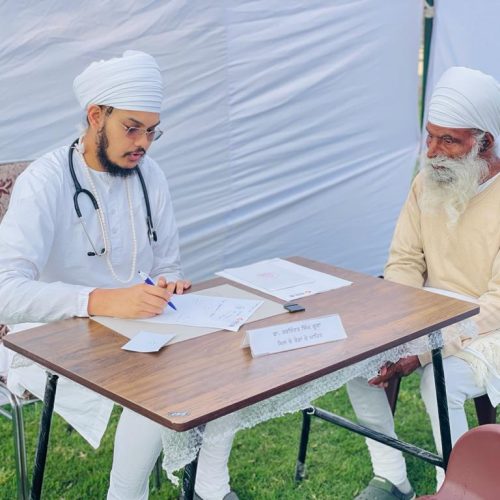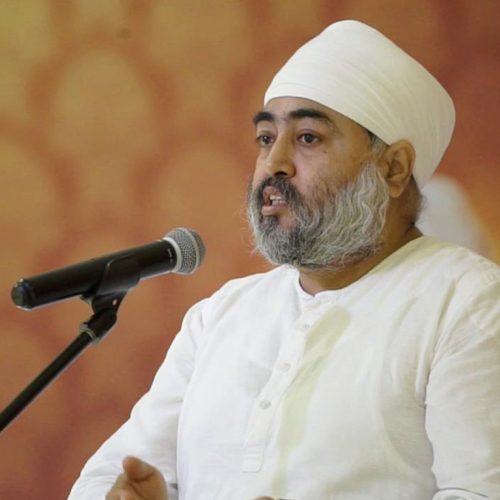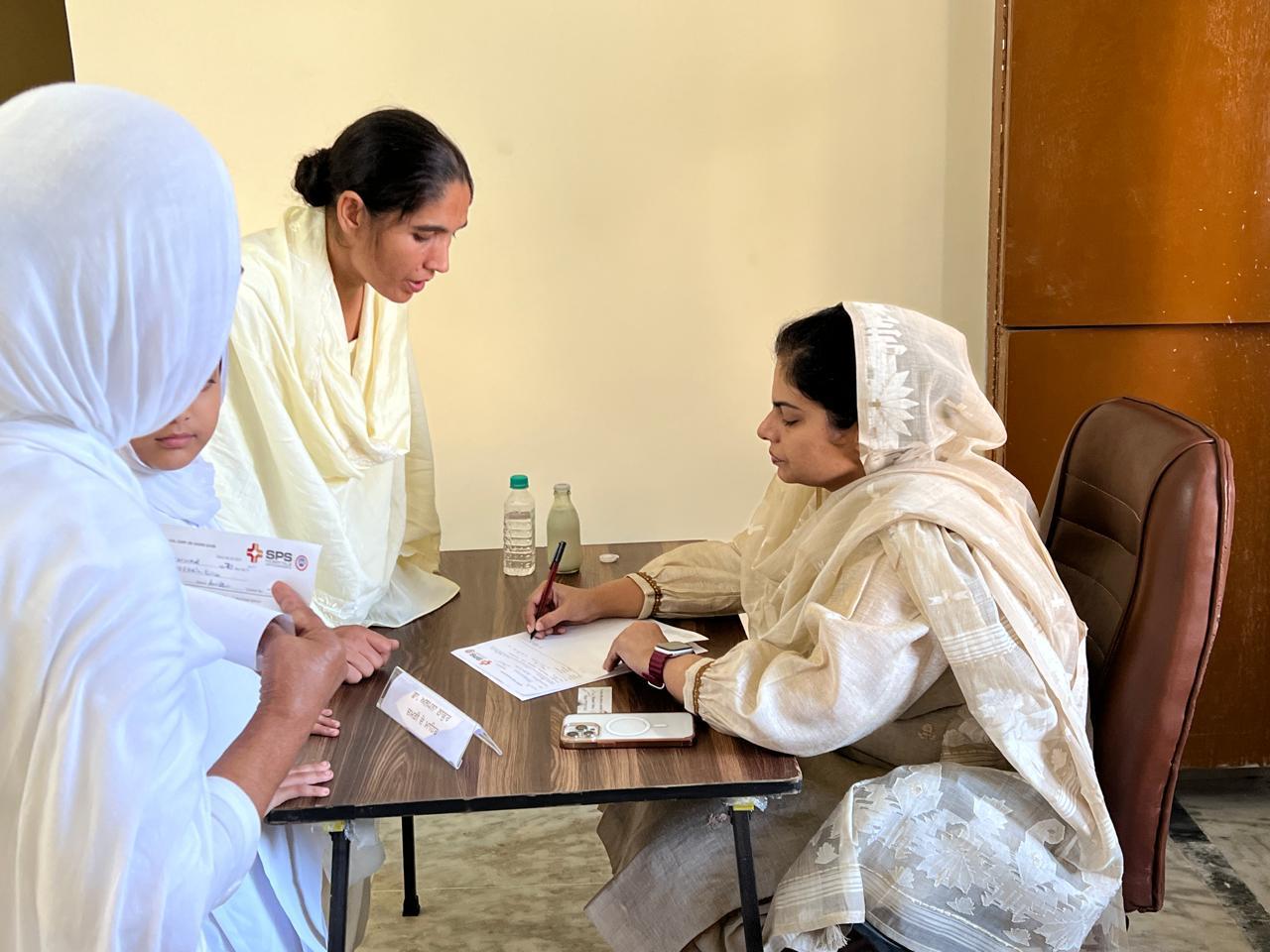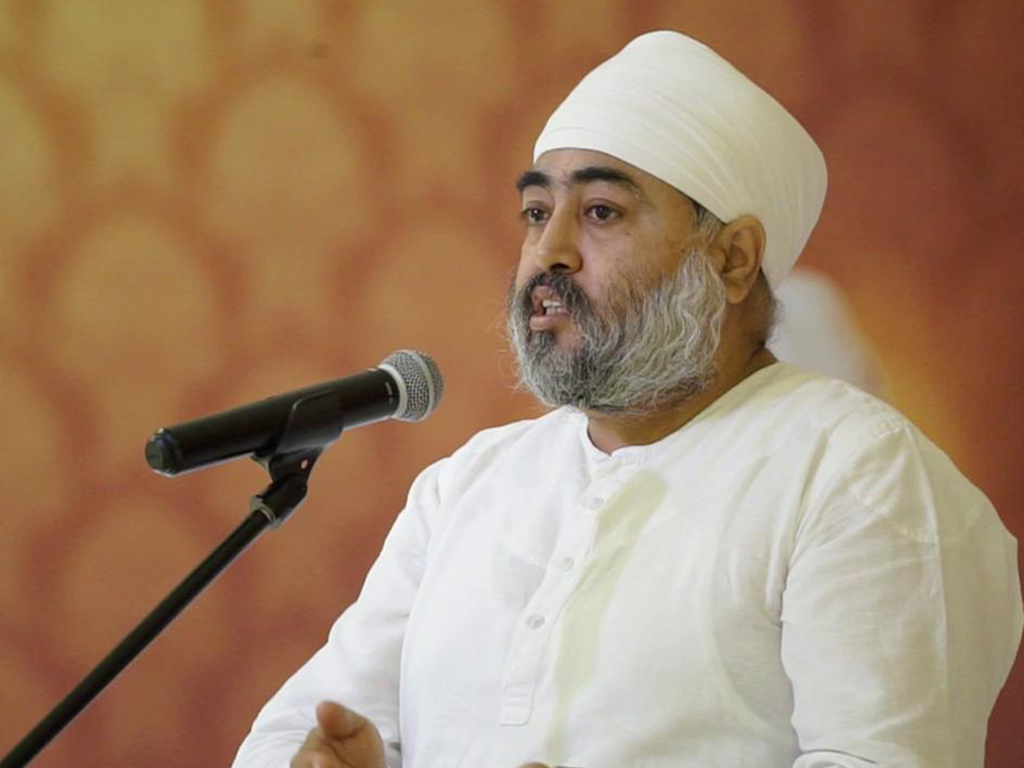Dr Ravinder Singh Kuka, Consultant Interventional Cardiology, SPS Hospital Ludhiana, says that
developing countries face a higher cardiovascular disease deaths (CVDs) burden.
CVDs refers to a group of disorders of heart and blood vessels, including high blood pressure,
coronary heart disease (heart attack), stroke, peripheral vascular disease, heart failure, rheumatic heart
disease, congenital heart disease, and cardiomyopathies. Over 80% of cardiovascular disease (CVD)
related deaths occur in low and middle-income countries. This is at tributable to factors like, socio
economic changes, increase in lifespan, and changing lifestyles. Many people are unaware of symptoms
of heart diseases and do not undergo timely health check-ups, which further exacerbates the situation.
There is a need to raise awareness about preventive measures from a young age and leading a healthier
lifestyle, avoiding processed food and exercising daily. Most CVDs can be prevented by addressing risk
factors, timely diagnosis and management of risk factors.
On-the-go lifestyles have induced stress in youngsters, wreaking havoc on the heart. While treatment
options for heart diseases includes medications etc., importance of a healthy lifestyle cannot be
undermined

An angioplasty may be recommended to minimise or avoid damage to heart muscles. It is a procedure used to restore and improve blood flow. A long, thin tube (catheter) is inserted into the narrowed part of artery. A thin wire mesh (Stent) mounted on a deflated balloon is passed through the catheter to narrowed area. The balloon is inflated, compressing the deposits against artery walls and leaving expanded stent embedded in the artery, Drug-eluting stents release medication to help heal the stressed arteries post procedure. Few stents are USFDA approved and safe for patients with diabetes, high bleeding risk or those who might have to interrupt medication a month after angioplasty. In CABG, the surgeon creates a graft to bypass blocked coronary arteries using a vessel from another part of the body. This allows blood to flow around blocked/narrowed coronary artery.
-Dr. Ravinder Singh Kuka






